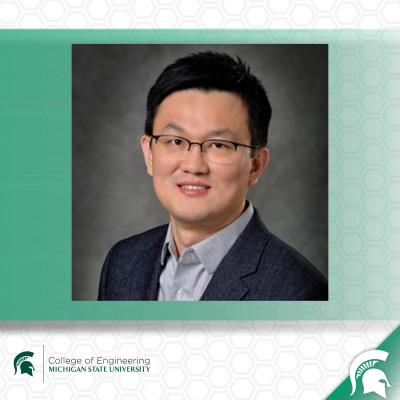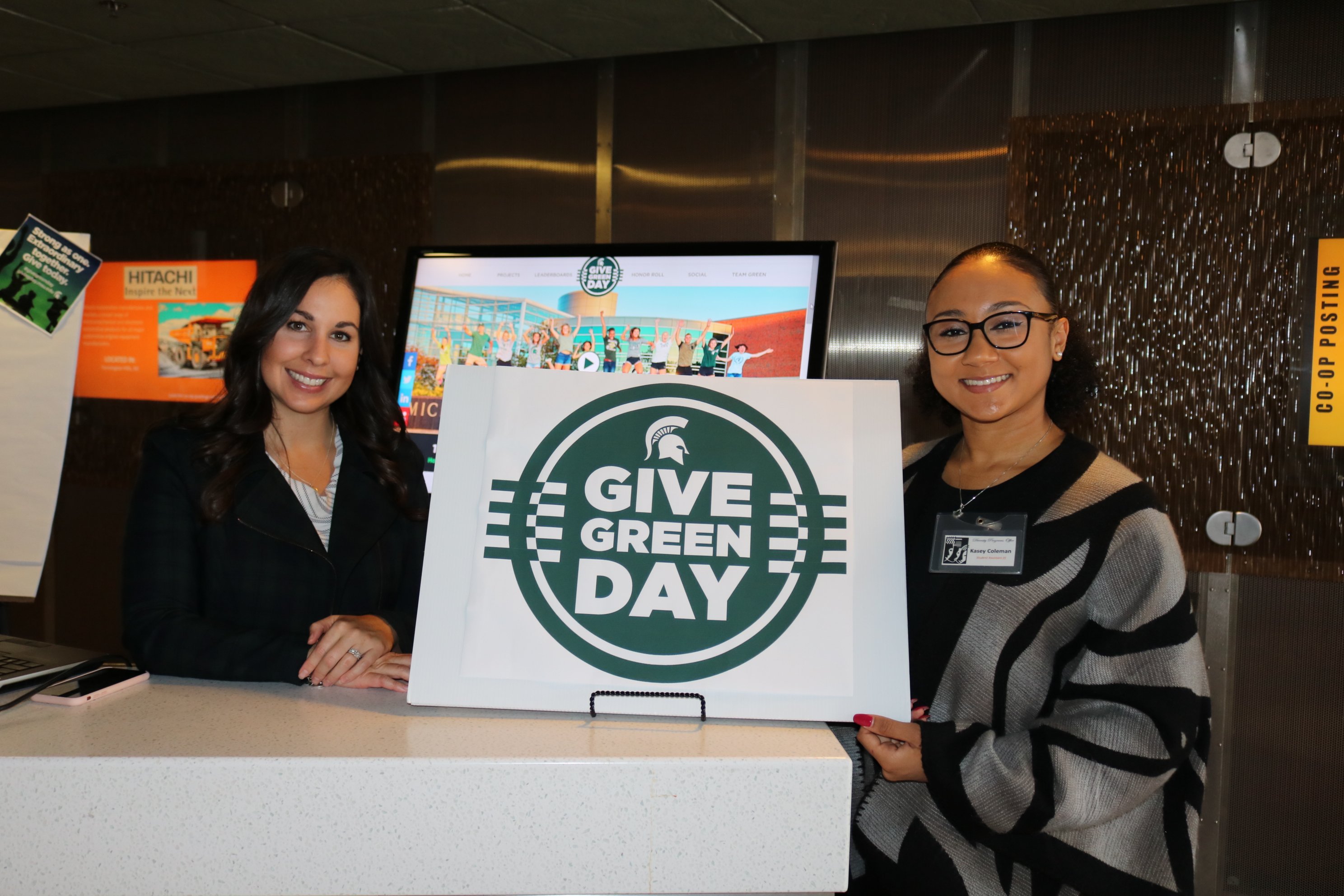
Michigan State University researcher Sangbum Park has been awarded a National Institutes of Health (NIH) R01 grant totaling $2,521,305. The grant will fund a groundbreaking project that aims to unravel the mysteries behind how our skin repairs itself after injuries.
Park and his team are delving into the communication between specialized immune cells called Langerhans cells (LCs) and the surface cells of the skin, known as epithelial cells. By understanding how these cells work together, Park aims to find new ways to help wounds heal more effectively.
Park is a researcher at the Institute for Quantitative Health Science & Engineering (IQ) and an assistant professor in MSU's departments of Medicine and Pharmacology & Toxicology.
“This grant offers an incredible opportunity to study how tissue-resident immune cells contribute to skin regeneration, in addition to immunological roles, particularly in cases where healing is slow or impaired," Park said. "Our goal is to uncover new ways to boost the body’s natural ability to heal wounds by understanding how these special immune cells communicate with skin cells.”
Chronic wounds affect approximately 6.5 million people in the United States annually, with treatments costing an exorbitant $25 billion each year. As our population ages and obesity and diabetes become more prevalent, the incidence of associated chronic wounds also rises. Current methods of treatment often focus on stopping wounds from getting worse, rather than actively aiding the healing process. Park and his team are looking to change that by discovering new ways to accelerate healing.
“Our aim is to develop better ways to help wounds heal faster by understanding the basic mechanisms involved. By learning how these immune cells talk to skin cells, we hope to find new treatments, especially for chronic wounds,” Park said.
The grant will also explore the use of a cutting-edge imaging technique, intravital imaging, that allows scientists to see in real-time how these cells behave in live mammals, providing unprecedented insights into the process of wound healing.
Park became interested in this type of research because of existing gaps in our understanding of how our skin repairs itself, and sees the potential to make a real impact in helping people with chronic wounds by filling in those gaps. His research is expected to pave the way for groundbreaking treatments that use the body’s natural healing abilities. For more information about Park and his research, check out his profile page.
Story courtesy of MSU's Institute for Quantitative Health Science & Engineering
